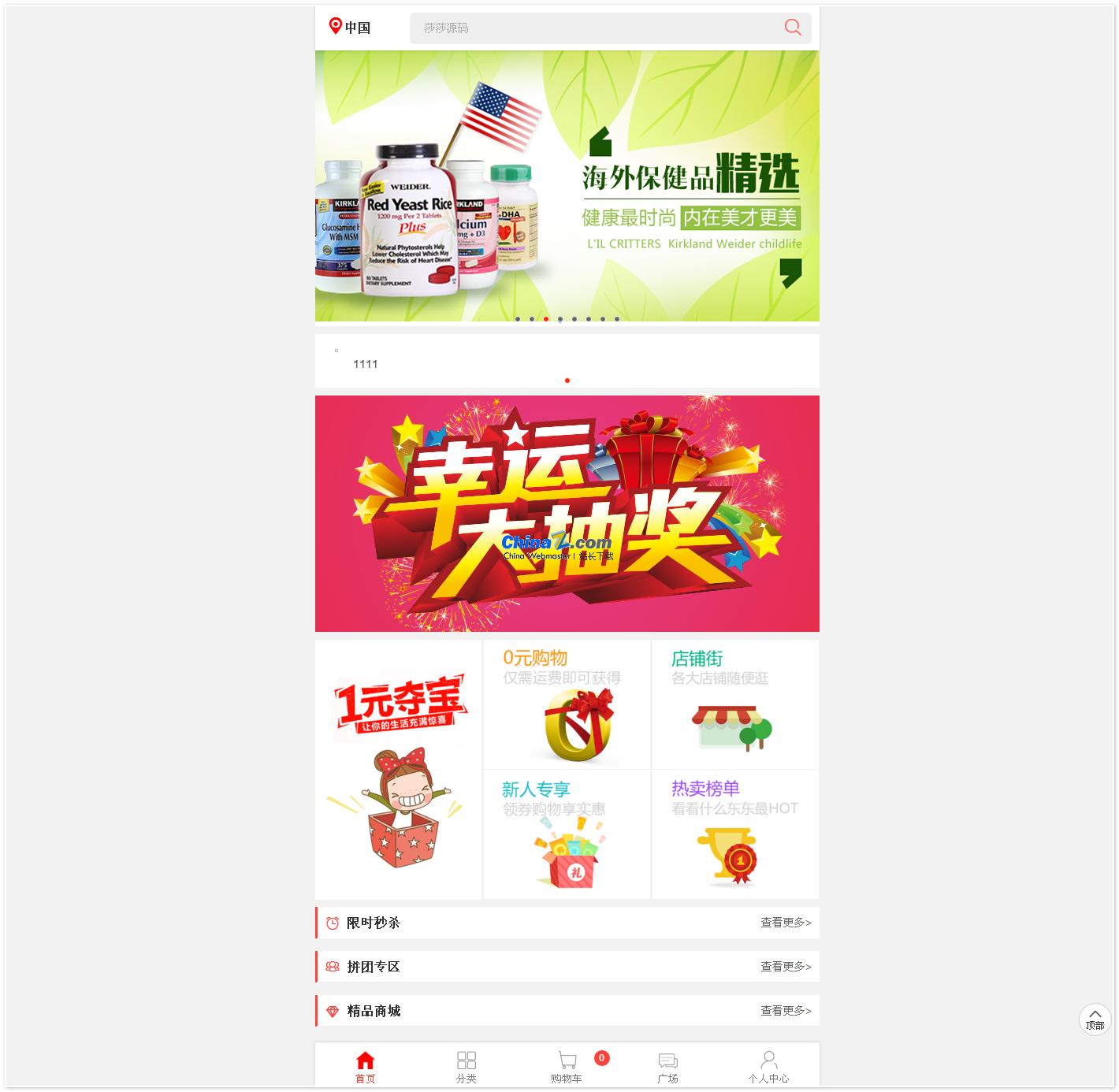 Website Source Code
Website Source Code Distribution system source code
Distribution system source code Xiaoshe WeChat distribution group group system v6.0
Xiaoshe WeChat distribution group group system v6.0Xiaoshe WeChat distribution group group system v6.0
All resources on this site are contributed by netizens or reprinted by major download sites. Please check the integrity of the software yourself! All resources on this site are for learning reference only. Please do not use them for commercial purposes. Otherwise, you will be responsible for all consequences! If there is any infringement, please contact us to delete it. Contact information: admin@php.cn
Related Article
 Can Obfuscation Really Protect Your Source Code?
Can Obfuscation Really Protect Your Source Code?03Nov2024
Protecting Source Code: Practical ConsiderationsWhile safeguarding proprietary code from unauthorized distribution is a common concern, it's...
 How to Protect and Bind PHP Source Code: Obfuscation, PC-Specific Execution, and More
How to Protect and Bind PHP Source Code: Obfuscation, PC-Specific Execution, and More21Oct2024
Protecting and Binding PHP Source CodeIn today's digital landscape, protecting intellectual property is paramount. For developers utilizing PHP, safeguarding source code and preventing unauthorized distribution is essential. This comprehensive guide
 How to Secure PHP Code Obfuscation and Implement PC Authorization
How to Secure PHP Code Obfuscation and Implement PC Authorization21Oct2024
Securing PHP Code Obfuscation and PC AuthorizationEnhancing the protection of PHP source code is crucial when preparing it for commercial distribution. Employing obfuscation techniques is an effective way to safeguard intellectual property while main
 Customized mall online DIY editing system source code latest version! ! !
Customized mall online DIY editing system source code latest version! ! !06Jul2016
Customized mall online DIY editing system source code latest version! ! !
 python flask html/css mysql BAE creates a CSDN resume automatic generation system (with complete source code of the website)_html/css_WEB-ITnose
python flask html/css mysql BAE creates a CSDN resume automatic generation system (with complete source code of the website)_html/css_WEB-ITnose24Jun2016
python flask html/css mysql BAE creates a CSDN resume automatic generation system (complete website source code attached)
 Delivering Enterprise-Grade Linux for Edge-to-Cloud Deployments with eLxr
Delivering Enterprise-Grade Linux for Edge-to-Cloud Deployments with eLxr07Mar2025
eLxr: A Debian-Based Distribution for Streamlined Edge-to-Cloud Deployments Wind River has launched eLxr, an open-source, enterprise-grade Linux distribution built on Debian, designed to simplify intelligent edge deployments. This initial release le
 How Can I Effectively Protect My Python Code from Reverse Engineering?
How Can I Effectively Protect My Python Code from Reverse Engineering?16Dec2024
Protecting Python Code from Reverse EngineeringProblem:Distributing Python code for software distribution raises concerns about potential code...
 GitLab在Debian上的插件如何管理和使用
GitLab在Debian上的插件如何管理和使用13Apr2025
This article guides you on how to install, configure and use the GitLab plug-in on your Debian system to improve code management and collaboration efficiency. GitLab is a powerful open source code hosting platform for teams and individual developers. 1. GitLab installation and update system package: sudoapt-getupdate installation dependency: sudoapt-getinstall-ycurlopenssh-serverca-certificatestzdataperl Add GitLab official source: curlhttps://packages.gitlab.com/in


Hot Tools








